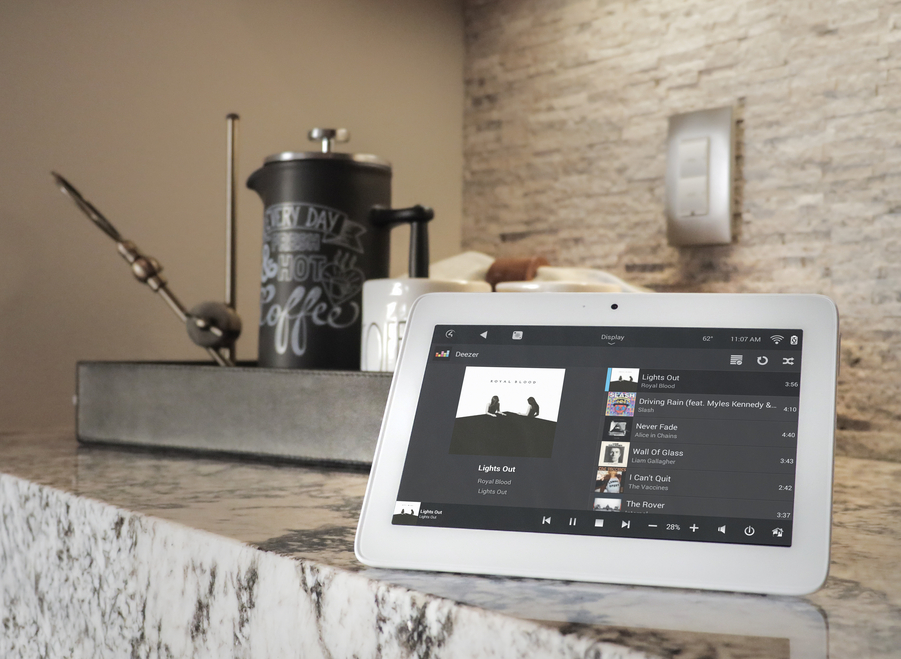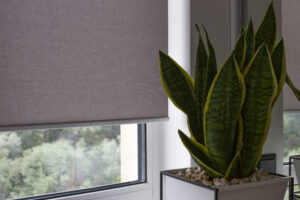
Are You a Stickler for Sound Quality?
With the advent of the digital audio revolution some two-plus decades ago, audiophiles have bemoaned a perceived downgrade in audio quality from music sources. Devices like the iPod and the smartphone tended to carry compressed digital formats for universal compatibility and to save on storage, but it was at the expense of the loss of some audio detail and dynamics in music. Enter streaming services in the past dozen years, and the transformation was complete.
Or was it? The CD never went completely away, and it was an uncompressed digital format. And streaming services like Tidal started with the premise of streaming CD-quality audio and even higher quality formats – more on that in a minute. The truth is – backed up by many tests and research – that high-quality streaming, like the 320 KBPS available on Spotify, sounds tantalizingly close to CD quality, and only discerning ears on really good hi-fi audio equipment tend to notice the difference.
Now we have a step up from CD quality more widely available and in the tidy convenience of streaming – high-resolution audio. Does it matter, especially in the context of a whole-home audio system in your Richmond, VA home? Let’s explore more below.
SEE ALSO: Superior Sound in Your Home: A Guide to Everything AV
Compressed vs. Lossless vs. High-Resolution Audio
What’s the difference across these audio types, and why should you care? We’ll recap the very basics here to highlight the differences. The CD (Compact Disc) was the first successful digital audio format (remember Sony’s MiniDisc and Digital Audio Tape? No? OK) and brought a radical improvement to portable audio quality from the cassette. The CD is encoded in 16-bit chunks of data and sampled at 44kHz. For music distribution, the attempted improvements to this standard never took hold, and it remains the standard for regular lossless audio.
In contrast, audio for movies and video content (like Dolby TrueHD and Atmos) have moved into higher bit-depth and resolution standards. Popular music streaming services compress this CD-quality audio to different levels (for bandwidth conservation) into widely used digital formats like Ogg Vorbis and AAC.
But, finally, music is moving into high resolution. While it’s been around for several years, only in the past three or so has high-resolution audio moved into the convenience of streaming. What is high resolution? It uses 24-bit encoding (more bits, more detail) and 96kHz or 192KhZ (bigger sampling, more detail) sampling for audio that packs more information to hear more nuance, detail, and dynamics in music.
Tidal currently offers several million tracks in a high-resolution format using MQA. Amazon Music recently introduced their HD tier, which offers lossless CD-quality streaming along with high-resolution tracks encoded in FLAC, an open-source lossless format. Other services like Qobuz also offer high-resolution options, and for years audiophiles have been able to buy downloadable high-resolution tracks from sites like HDTracks.
Should You Care?
Can you tell the difference between 4K and 1080P video? Frankly, it’s not that easy, and it might depend on the content and mostly on the size and quality of the screen. But if you can, you might also be the person that discerns the difference between mere lossless and high-resolution audio. But here’s the good part. High-resolution is coming everywhere. Just about any audio equipment these days is compatible with decoding 24/192 high-resolution audio. Systems from our audio brands like Bluesound and McIntosh are ready for these new formats and can stream from the new hi-res services too.
And it’s not just the pure audio brands that support high resolution. Our home automation brands like Control4, Crestron, and Savant are out-of-the-box-ready for high-resolution libraries and streaming. If you have an older whole-home system that doesn’t support high-resolution, you may want to upgrade. Moreover, the new music distribution systems can route music all over your house and property in pristine digital form, unencumbered by signal loss from long speaker or analog interconnect cable runs. So why not step into the future of high-resolution music now?
As our name implies, StereoTypes is your expert source for whole-home high fidelity audio solutions. We serve the East Coast from New York to Florida with all types of home technology solutions. Call us today at (888) 217-9488, reach out via our contact page, or connect quickly with one of our audio experts using the chatbox on this page. We look forward to working with you.



















